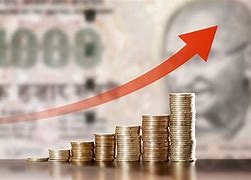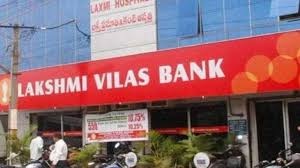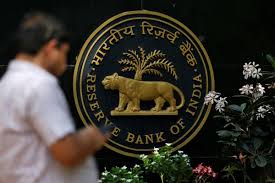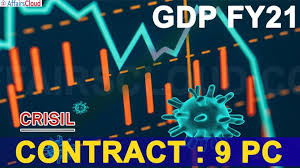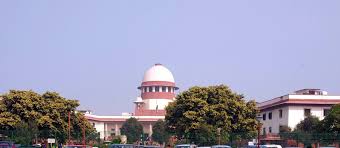Automobile
India’s factory output declines again in January

 New Delhi: India’s factory output declined again in January, by (-) 1.53 percent, dipping further from the (-) 1.18 percent fall logged in December, official data showed on Friday.
New Delhi: India’s factory output declined again in January, by (-) 1.53 percent, dipping further from the (-) 1.18 percent fall logged in December, official data showed on Friday.
In comparison, there was a growth of 2.8 percent in January 2014.
The negative show for the third straight month was due mainly to the manufacturing sector, while India Inc reiterated its demand for a rate cut by the Reserve Bank of India.
As per data on Index of Industrial Production (IIP) released by the Central Statistics Office, the country’s factory output logged a cumulative growth of 2.7 percent rise in the first 10 months of the current fiscal, while cumulative growth during the corresponding period of last fiscal stood at 2.6 percent.
“The general index for January 2016 stands at 186.3, which is 1.5 percent lower, as compared to the level in January 2015. The cumulative growth for the period April-January 2015-16 over the corresponding period of the previous year stands at 2.7 percent,” an official statement said.
The January IIP was dragged lower by a (-) 2.8 percent drop in manufacturing activity. Between the other broader indices, electricity production rose by 6.6 percent, while that for mining was up by 1.2 percent.
The high negative contributors to the dip in the overall index included cables, insulated rubber, antibiotics, stainless and alloy steels, sponge iron and passenger cars.
Electricity, commercial vehicles, mobile phones, cement and gems and jewellery were positive contributors.
“In terms of industries, 10 out of the 22 groups in the manufacturing sector have shown negative growth during January 2016 as compared to the corresponding month of the previous year,” said the statement.
Looking further at the use-based classification of six industries, the index for capital goods was down as much as 20.4 percent, while that for consumer non-durables was down 3.1. Consumer goods sub-index remained unchanged.
However, basic goods, intermediate goods and consumer durables recorded gains of 1.8 percent, 2.7 percent and 5.8 percent, respectively.
Reacting to the latest data, Indian industry repeated its call for a rate cut by the central bank.
“The growth in manufacturing sector remains fragile as evident from the fall in manufacturing index for the last three consecutive months. The delay in the recovery of manufacturing is going to impact the overall economic growth,” A. Didar Singh, secretary general, FICCI, said in a statement.
“While the budget has tried to address tax related issues for manufacturing and we are hopeful that they would yield results, but we hope to see further rate reduction in the forthcoming monetary policy that can stimulate demand and investments in the economy to support manufacturing growth,” he added.
Automobile
Improved version of Hyundai Creta launched in Indian market: Check it out here
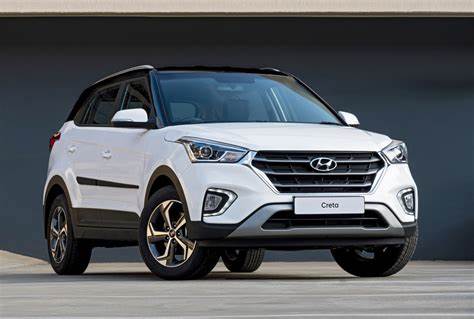
Hyundai India launched the much-awaited Creta Knight Edition in the country at a starting price of Rs 13.51 lakh (ex-showroom, all-India). This new variant is available in both petrol and diesel engine options and can be had either with a manual or an automatic transmission unit. To read more about the Creta Knight Edition, click here. In addition to this, the company has also introduced a model-year update for the Hyundai Creta with new feature additions.
The 2022 Hyundai Creta is now available in a new Denim Blue colour option and the Highline TPMS is now standard across all variants. The SX (O) trim now also gets a glossy black centre console. Furthermore, the company will offer the iMT option on the 1.5-litre petrol ‘S’ variant to further expand choices for the customers. The new S+ variant powered by a 1.4-litre T-GDi petrol engine with 7DCT now gets an additional set of features, such as –
– Smart panoramic sunroof
– 16-inch black alloy wheels
– Smartphone wireless charger
– Rear Disc Brakes
– Electronic Stability Control (ESC)
– Vehicle Stability Management (VSM)
– Hill start assist control (HAC)
– Paddle shifters
– Metal pedals
– Electric and auto-folding ORVMs
– Power window auto up/down
Mechanically, the SUV continues to be powered by the existing petrol and diesel engine options.


